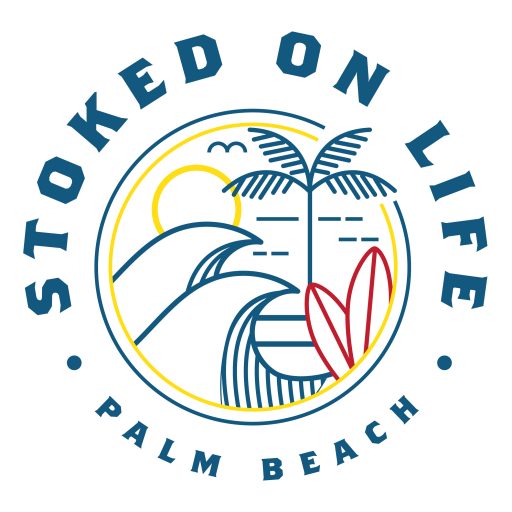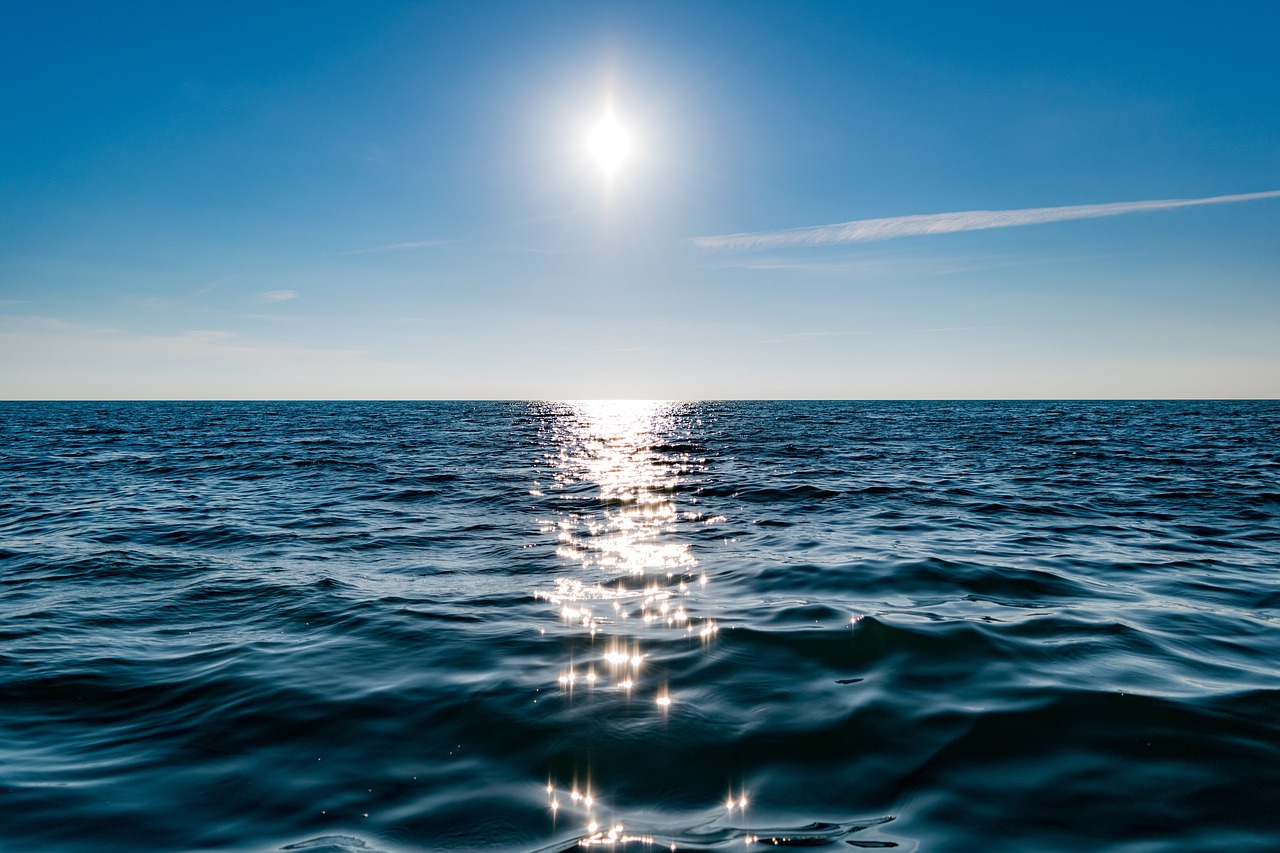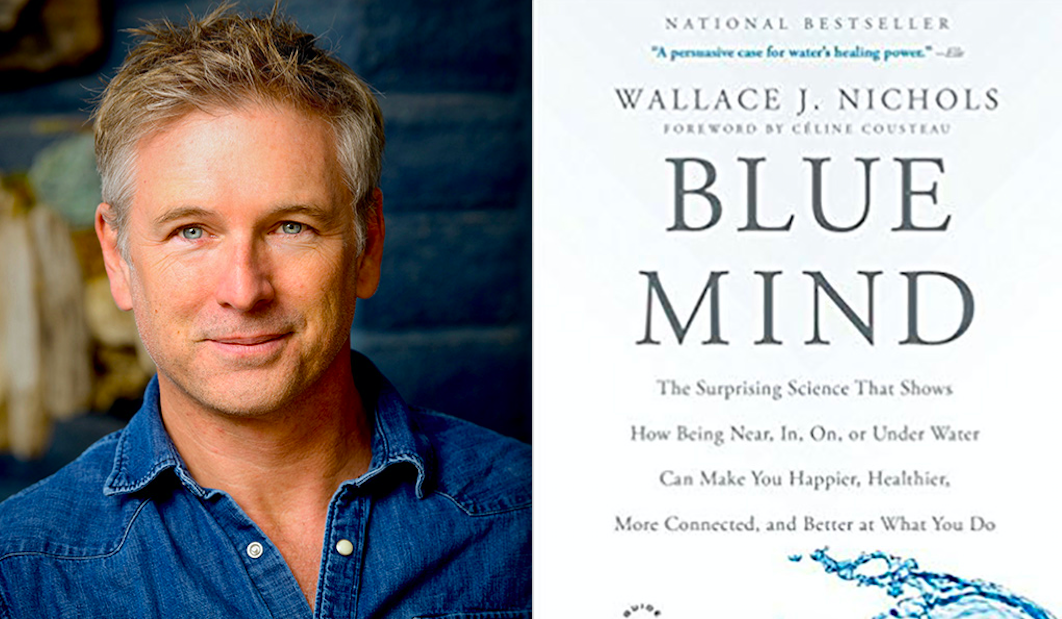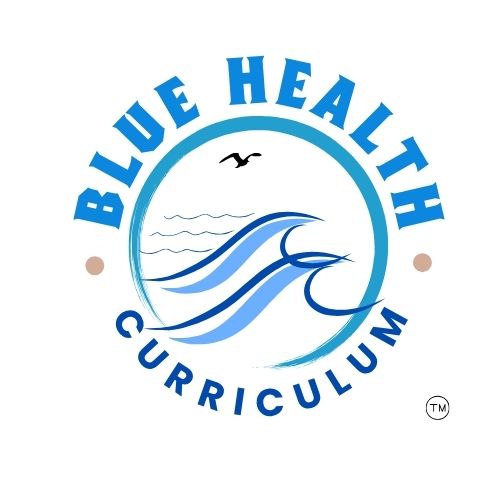
Blue Health: Healing Through Water
Water has an undeniable ability to calm the mind, restore balance, and foster emotional healing. The Blue Health approach harnesses that natural power, guiding clients toward greater self-awareness, resilience, and wellbeing through intentional water-based therapeutic practices.
At Stoked on Life, we use the ocean as our therapy space — but Blue Health principles can be applied anywhere: lakes, rivers, pools, or even indoor water features. These practices combine the science of how water impacts the brain and body with proven therapeutic approaches, including cognitive behavioral therapy (CBT), somatic experiencing, and polyvagal-informed techniques.
What is Blue Health Therapy?
Blue Health Therapy is a structured, research-informed framework that helps people move from states of stress or burnout — known as red mind or grey mind — into blue mind, a calmer, more mindful state where healing and personal growth can occur. Clients experience this shift through guided, water-based activities that promote relaxation, focus, and connection.
Whether it’s floating in the shallows, mindful walking along the shore, or using water as a metaphor in therapeutic exercises, Blue Health sessions meet clients where they are and provide tools they can carry into everyday life.

The Origins
Blue Health builds on the foundational work of marine biologist Dr. Wallace J. Nichols, whose Blue Mind theory explored the benefits of being in, on, or near water. While his research inspired some of our earliest work, the Blue Health approach expands the application of these principles, blending them with trauma-informed therapy, somatic practices, and strategic client engagement.

Bringing Blue Health to More People
Allison Bishop-Berner, founder of Stoked on Life, developed the Blue Health Curriculum to train other therapists, coaches, and wellness professionals to integrate these methods into their own practices. This certification course empowers practitioners to create impactful, water-based therapeutic sessions in their communities — whether they’re standing at the ocean’s edge, sitting beside a quiet pond, or working indoors with intentional water elements.
